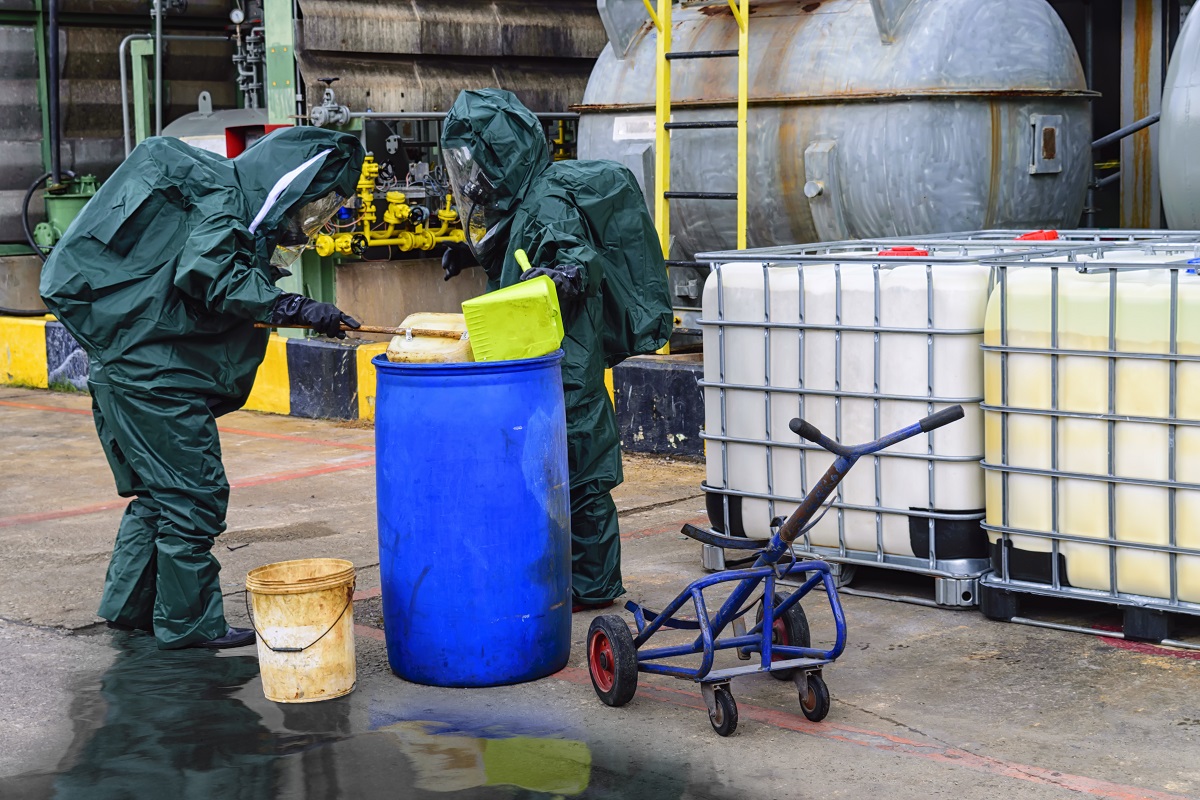In response to the EPA’s request for comments on the Risk Management Program (RMP) regulations and related goals, on June 16, 2021, former EPA Administrator and New Jersey Governor Christine Todd Whitman, retired generals Russel Honoré and Randy Manner, former EPA Official Robert Bostock, and former National Security Council and Senate Intelligence Committee staff member David Halperin submitted a comment urging the EPA to strengthen rules to make U.S. chemical plants less vulnerable to potentially catastrophic explosions and toxic releases.
“In summary, we believe the requirements of U.S. national security make it urgent that EPA move to issue new, strong RMP rules that adequately protect the American people against chemical plant explosions,” the group wrote in its comment. “Millions of Americans, particularly low-income people and people of color, live near hazardous chemical facilities. Accidents, storms that have been intensified by climate change, and deliberate attacks, including terrorism and cyber attacks, all pose risks of chemical explosions that could cause widespread destruction and death.
“EPA should restore and build on its 2017 rule, including by requiring all RMP facilities to assess safer alternatives to existing chemical processes; requiring all these facilities to share their safer technology analyses with communities and emergency responders; and, starting with the highest risk facilities, requiring chemical facilities to substitute safer alternatives to their processes, wherever feasible, that will eliminate or significantly reduce the consequences of a catastrophic release.”
Proposed Safety Measures
The group suggests the following safety measures:
- “Requiring all RMP facilities to assess safer alternatives to existing chemical processes, alternatives that will eliminate or dramatically reduce the consequences of a catastrophic release of an acutely toxic substance. The 2017 rule exempted 78% of the 12,500 Risk Management Plan chemical facilities from requirements to conduct STAAs. The exempted facilities include, for example, water treatment plants, some of which put major cities at risk of a catastrophic release of chlorine gas.
- Requiring all these RMP facilities to send their STAAs to the EPA and readily share the information with nearby communities and other interested parties, such as emergency responders, vendors of safer technologies, facility employees and contractors, and safety researchers.
- Establishing a publicly accessible clearinghouse of safer available alternatives that could encourage and support the adoption of safer alternatives by more facilities as soon as practicable.
- Starting with the highest risk facilities, requiring chemical facilities to substitute safer alternatives to their processes, wherever feasible, that will eliminate or significantly reduce the consequences of a catastrophic release. The coalition of community, worker, and environmental groups that has engaged the EPA on these issues has recommended that EPA at the very least begin a pilot program to require … implementation in a subset of RMP facility categories, such as waste water and drinking water treatment plants, bleach plants and hydrogen fluoride refineries, and for those facilities among the 2,000 high-risk facilities cited in the EPA’s National Enforcement Initiative (NEI) 2017-19 proposal.
- Factoring into RMP regulations and permits the vulnerability of chemical facilities to natural disasters and common-sense prevention and safety measures to protect communities and workers from the double threat of chemical disasters hurricanes, floods, and other ‘natech’ incidents where there is a domino effect of natural and technological disasters, including: safer shutdown/startup; back-up power; real time monitoring; worker involvement & community notification.
- Expand the universe of substances regulated by the RMP program to include ammonium nitrate, reactives and other hazardous chemicals and expand the categories of facilities covered.”
Not Far Enough
Members of the group urged the Obama administration to implement stronger RMP rules and felt that although the administration’s rules made important reforms to strengthen RMP rules, it did not go far enough to protect the public, according to the comment.
However, these experts oppose the current rules issued under the Trump administration, as they “eliminated many of the important provisions of the prior RMP rule.”
“The American people need much greater protection from chemical disasters, so we urge you to strengthen safety measures.… For decades, our country has failed to squarely address the dangers of hazardous chemical facilities ― from oil refineries to water treatment plants. An accident, natural disaster, or deliberate attack could trigger an explosion or chemical release that could kill thousands of people,” according to the comment.

